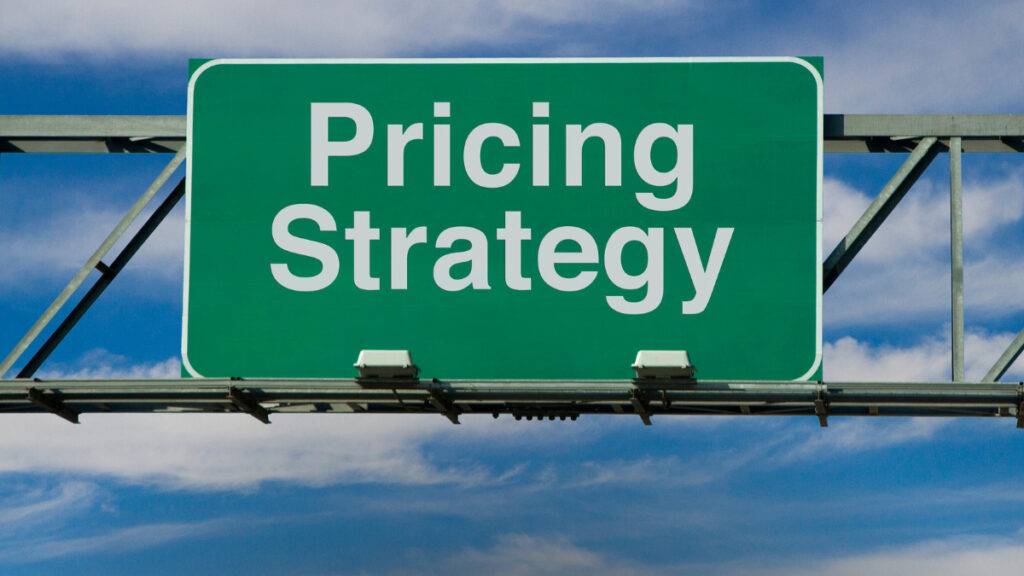Many salespeople share similar problems in their day-to-day work which, if not handled properly, can lead to failure. Like other professions, sales require continuous training to improve. Yet, many salespeople ignore this because sales is assumed to be a natural talent: either you have it or you don’t.
The first step is to identify your challenges. Then, why reinvent the wheel when the solution for each challenge likely already exists? Find out the 6 most common sales problems and how to solve them!
1. I can’t handle the customer’s buying process
The problem
Many buyers have a system for dealing with salespeople. They are trained to ignore the influence of salespeople, buying only what they want and when they want.
Many of these systems are designed so that the buyer gets as much information as possible about each company and product while maintaining control of the situation. In this way, they avoid revealing their purchasing intent, their budget, their decision makers, and more.
With the help of technology, buyers can analyze all the relevant information to determine which product has the best quality and price. Thus, they benefit from better negotiating terms and save money.
How to solve it
Abandon traditional sales approaches. Go beyond the expected and surprise the customer. Openly provide all the information they want to know to get past their barriers and demonstrate that you don’t have anything to hide. By making the customer’s job easier, you will establish mutual trust and loyalty.
2. I spend a lot of time with people who aren’t decision makers
The problem
By reviewing your previous communication with leads, you may realize that you spend a lot of time with people who lack real buying power. If you’re not talking to decision makers, you’re wasting time and not meeting your sales goals. Worse, your competitors may have direct contact with decision makers and you don’t.
How to solve it
You need a system for identifying and separating the actual buyers from non-buyers. This means asking better qualifying questions.
Ask the lead questions such as “Who is the decision maker?” or “Who typically signs off on a deal like this?” By doing this, you will spend more time on real opportunities.
3. I have trouble listening to and understanding the customer
The problem
One of the biggest obstacles for salespeople is listening to understand what the customer really wants. Even those who possess this ability may ignore it to maximize their number of sales, regardless of whether the customer is a good fit.
When the customer asks a question and you fail to identify the real reason or intent behind the question, you miss out on uncovering their needs and closing great deals.
First, know that people buy to solve their problems, not because you want them to buy. Second, the customer is interested in a product or service that, in addition to having a good price, meets their needs and exceeds their expectations.
How to solve it
Asking questions is the answer. Talk less and listen more. Use the 70/30 rule, where your potential customer should speak 70% of the time, while you speak only 30% or less. This strategy will help you learn more about the customer and delight them by understanding their needs.
4. I know a lot about the product yet little about the customer
The problem
Most sales training programs are more focused on teaching about the product than the customer profile.
After completing these types of programs, salespeople are eager to sell the benefits of their products and services to customers. But this isn’t always a guarantee of success; it all depends on the customer.
More specifically, it’s useless to sell to someone who doesn’t match your ideal customer profile. You will only waste your time and energy.
How to solve it
Discover who your customers are by learning more about their specific needs. Based on what you discover, customize the information you present them, which will knock down many barriers. Do this and you will increase your sales.
5. I don’t have time to prospect for new customers
The problem
All salespeople must meet current customers and prospect for new ones. The problem is overwork, combined with wasting time on low impact activities or people without purchasing power, puts prospecting on the back burner.
Serving the current customers becomes a priority, since they’re a guaranteed way to reach sales goals. Yet, this limits the number of sales and prevents the achievement of more ambitious goals that could benefit salespeople and businesses.
How to solve it
Automate sales tasks to save time, give more attention to current customers, and still prospect for new ones.
For instance, automating the process of sending sales proposals can increase sales capacity, creating new opportunities.
Greater efficiency means more success, and nothing motivates salespeople more than the rewards of success.
6. I’m more focused on prices than quality
The problem
Most salespeople focus more on prices because it is often the first thing the buyer asks about. However, the quality and benefits of a product are almost always more important than the price.
Price is never the main reason for buying a product or service. People buy because, more than anything else, they need to solve a problem.
How to solve it
If you are good at asking questions, take the time to discover the customer’s real problems, as well as their desires, personal goals, and professional goals. Change the focus from price to the benefits that the customer will receive by purchasing a particular product, and you’ll get better results.
By identifying your sales problems, you’re now on the path to fixing them. Use the 6 tips above to change your approach and turn your sales game around!






